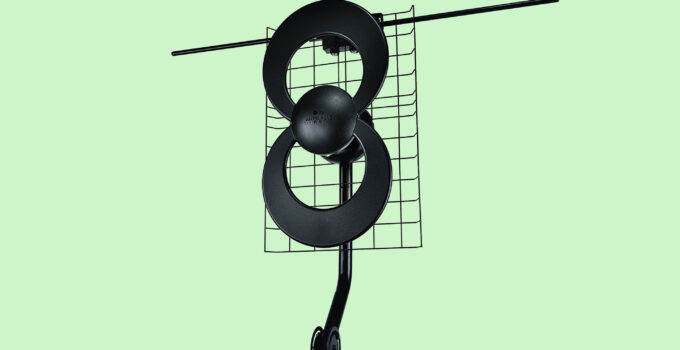Everyone loves watching TV after coming home from a tiring day at work. But what happens when you turn on your television and instead of seeing your favourite channel you are greeted with no picture or a screen of black and white noise? No homeowner would want this to happen to them but the reality is it often does and most of the times the major culprit is your TV antenna reception.
According to tv-aerials-uk.co.uk, one of the leading television installation services in the UK, TV antenna reception issues can occur anytime and anywhere and everyone who uses a dish TV connection is vulnerable to them. There are several issues that can arise while you are watching your favourite show or movie.
Already knowing about what these issues are, how they occur and how you can fix them is knowledge that will greatly benefit you in the future. Unfortunately, many people are not privy to this knowledge and end up helpless with no idea on what to do when one of these reception issues rises up.
If you too are an individual who wants to know about the various antenna reception issues and how to fix them, then don’t worry because you are in the right place. In this article we will be listing several major network problems that can occur if you have dish TV antenna connection. Read the article till the end so that you don’t miss out on our crucial details.
Table of Contents
1. Wrong alignment
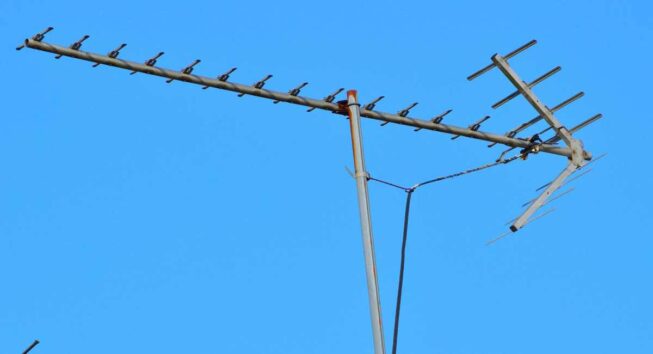
Source: gettvantenna.com
One of the simplest reasons why you are not getting any signal on your television is because your antenna is misaligned because of some reason. Dish TV antennas are very sensitive when it comes to their signals. Even a change of a few millimeters away from their ideal spot can be the difference between HD signal and zero signal.
This misalignment can occur due to a variety of reasons such as a strong gust of wind, physical mishandling by a nefarious kid or even particularly heavy rain. Whatever the reason may be, it is extremely hard to reset this alignment back to its original position with your own hands. This is because the spot where it needs to be needs to be extremely accurate and such precision can only be achieved through dedicated machines and sensors – not with human hands.
If you feel like your dish TV antenna was moved recently because of some reason, we would strongly recommend you call the servicemen of your satellite dish provider and ask them to fix its position instead. They have special machines and sensors that are specifically made for this work which can indicate the accurate position it needs to be facing to get a decent signal.
2. Cable issues
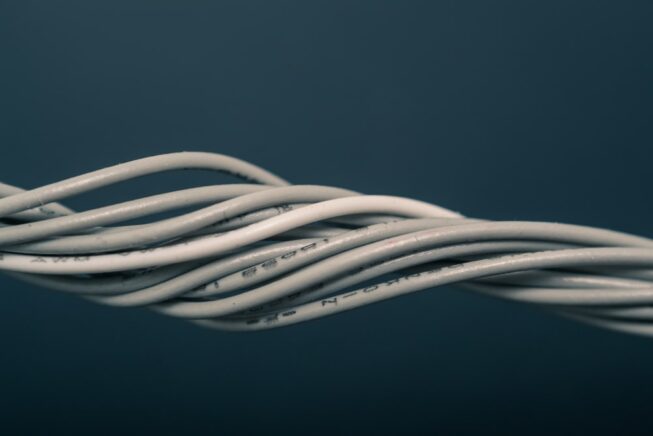
Source: unsplash.com
Sometimes, the problem is not in the antenna itself but rather the cable that is getting the information from it and providing it to your television. If the cable itself is broken or damaged in some way, you won’t see anything even if your entire apparatus is working fine as before. If you are sure that both your television and antenna are alright, inspect the cables attached to the dish going all the way to your house.
If you see any nicks or cuts or any form of damage on the way you can be assured that is the main reason why you are not getting any signal. Again, unless you are a serviceman yourself who has a few metres of TV cables lying around, we strongly recommend that you go ahead and call a serviceman and ask them to replace the whole wire. With a brand new cable in place, you will be able to watch anything you want without any problem.
3. Physical blockage
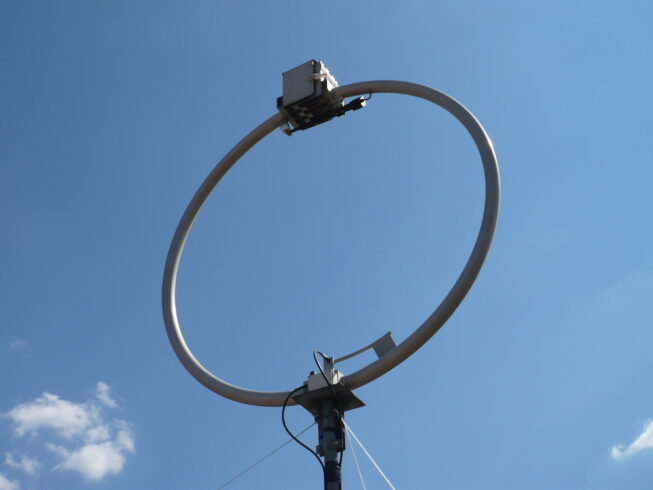
Source: wikipedia.org
The signal your antenna receives is very delicate and fragile. As a matter of fact, it cannot even penetrate any obstacles or cross through physical barriers that may arise spontaneously. That is why if any physical obstacle arises for some reason between your antenna’s and the satellite’s signal, you won’t get to see anything on your television.
This physical blockage can be caused by a number of reasons out of which the most common reason is an overgrown tree, shrub or a newly constructed building. This problem is the hardest one to resolve as getting your signal back here involves you clearing the blockage out by yourself. In the harshest of cases where new buildings block your view there is so simply no other option but to relocate your satellite dish.
Most dish providers can do this for a small charge and help you get your TV signal back again. However, a new satellite signal can give rise to a number of other problems such as limited channel access, geo-restricted content, etc. which you might need to resolve later on.
4. Blockage from debris or pests
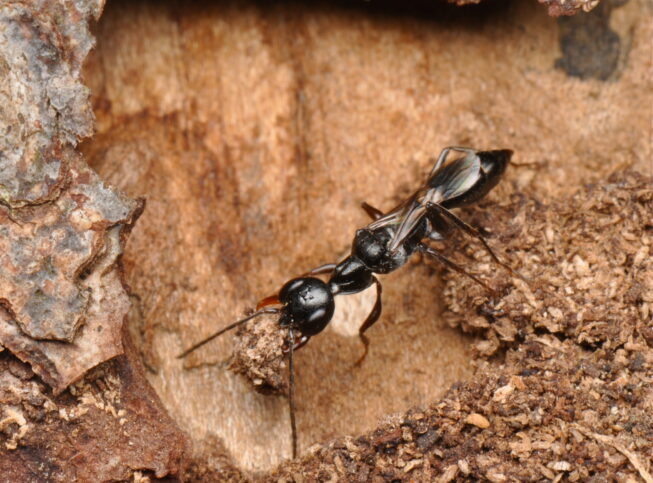
Source: staphylinidae.wordpress.com
As we explained before, TV antenna signals are very delicate and fragile. As such, even piled up debris or dust can block the signal provided that the dirt becomes thick enough and piles up on it year after year. This can also happen with animals after they make a nest or leave debris on your antenna.
In the case of debris and dust, you can easily wash it down yourself with a powered water pipe or manually cleaning by hand. In the case of animals, however, the process is more complicated and you will need to call pest control or animal support to get rid of the animal nests.
5. Excessively long cables
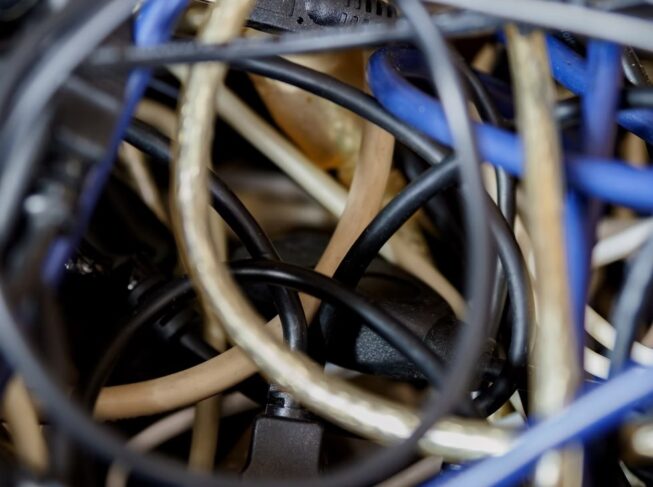
Source: unsplash.com
If the length of your cable that connects your antenna and TV is not adequately short enough, it can cause major connection problems such as a blurry picture or in the worst case scenario – no picture at all.
If you recently moved your satellite dish and extended the wiring along with it, you can start facing a number of problems while watching TV. A simple fix is calling a serviceman that can easily shorten your cable for you without much problem.
Conclusion
There are several common TV reception issues and it is necessary that you know most of them so that you can resolve them without much problem. We hope this article was helpful for you and if it was, please consider following our website for regular updates as it will help us out immensely.
